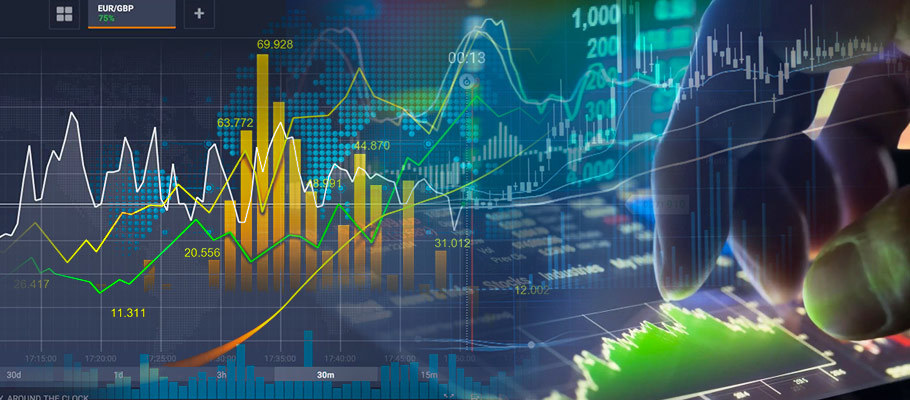
A trading platform is a software which provides clients of a brokerage firm access to a specific financial market. Trading platforms usually list all the products that are offered for trading by a broker, as well as other functions that enable a trader to successfully operate a trading process within the brokerage’s offering.
Trading platforms have become more complex in functionality with the passage of time, and yet so simple to use for the trading client. Platforms can do a lot more today than they could in years gone by. We now have platforms that can be downloaded and traded as desktop clients, as well as browser-based and mobile versions, enabling traders to trade from wherever they are using their mobile devices.
But why do we even need trading platforms in the first place?
A trading platform is not just what you see on the computer or your smartphone. Trading platforms have a front end and a back end. The front end is what the trader sees on the desktop, laptop or smartphone. The back end is usually available to the administrators who are located at the broker’s dealing desks.
From the trader’s side of things, the trading platform provides certain features which are user-controlled, enabling the trader to perform the core trading function as well as manage tasks that are associated with the trading activities.
These are:
Now how about the back end of the trading platform? What goes on at the other side of the platform which the users cannot see? Perhaps a little explanation will help users understand what happens to the information they transmit, be it trade orders or instructions to deposit/withdraw funds.
The back end of a trading platform requires a robust server architecture to manage user data from millions of clients. Additionally, a database system must be in place. Additionally, the back end caters to the following:
The platforms used by forex brokers and those offered by stock brokers are usually different, as the needs are different and the trading pathway from the trading station to the execution venues are also different.
Platforms used for forex trading include the MT4/MT5, cTrader, NinjaTrader, Currenex, TradeStation, etc. These are all turnkey platforms. They are designed by 3rd party providers and made to be customizable, allowing a brokerage to come on board and rebrand the platform to be used by their clients. The advantages of such platforms is that they are cheaper for brokers in terms of setup costs, and they are usually easy to use. The disadvantage is that a broker cannot deliver their own specific offering to clients. They have to take what they are given.
Proprietary platforms are broker-specific. They are designed in-house by a brokerage firm, principally to deliver unique trading products to their clients. They are expensive to develop, but also have the advantage of easy redesign and upgrades.
They come in three versions: desktop, mobile and web-based versions.
The stock trading platforms are used either exclusively to trade stocks, or to trade a combination of stocks and options. Among stock brokers, you tend to find a variety of stock trading platforms, most of which are proprietary in nature. The stock market is a much older market than the forex market, and there are arguably more stock brokers in the world than there are forex brokers. With such massive competition, operating a unique stock trading platform is a broker’s way of stamping their brand in the hearts of users and prospects. Furthermore, a stock broker’s unique product offering can easily be crafted into a trading platform if this is the company’s in-house creation. With turnkey platforms, it is usually harder to achieve these purposes.
So what proprietary stock trading platforms do you have in the market? Examples of stock trading platforms include QUIK, CQG, E-trade, Merrill Edge, Trade Worker Station (TWS), etc. Stock trading platforms usually have tools such as charting tools, stock scanners, news feeds, etc.
From this article, we can see that trading platforms are actually a complex software architecture that allows for smooth transmission of user data from the trader’s computer or smartphone to the broker’s systems, and all the way back to the user. Therefore, a trading platform goes beyond the interface seen on the screens. A lot has to go into ensuring that the trading platform works as it should and that the integrity of the user’s information (personal data, login data and payment information) is preserved.